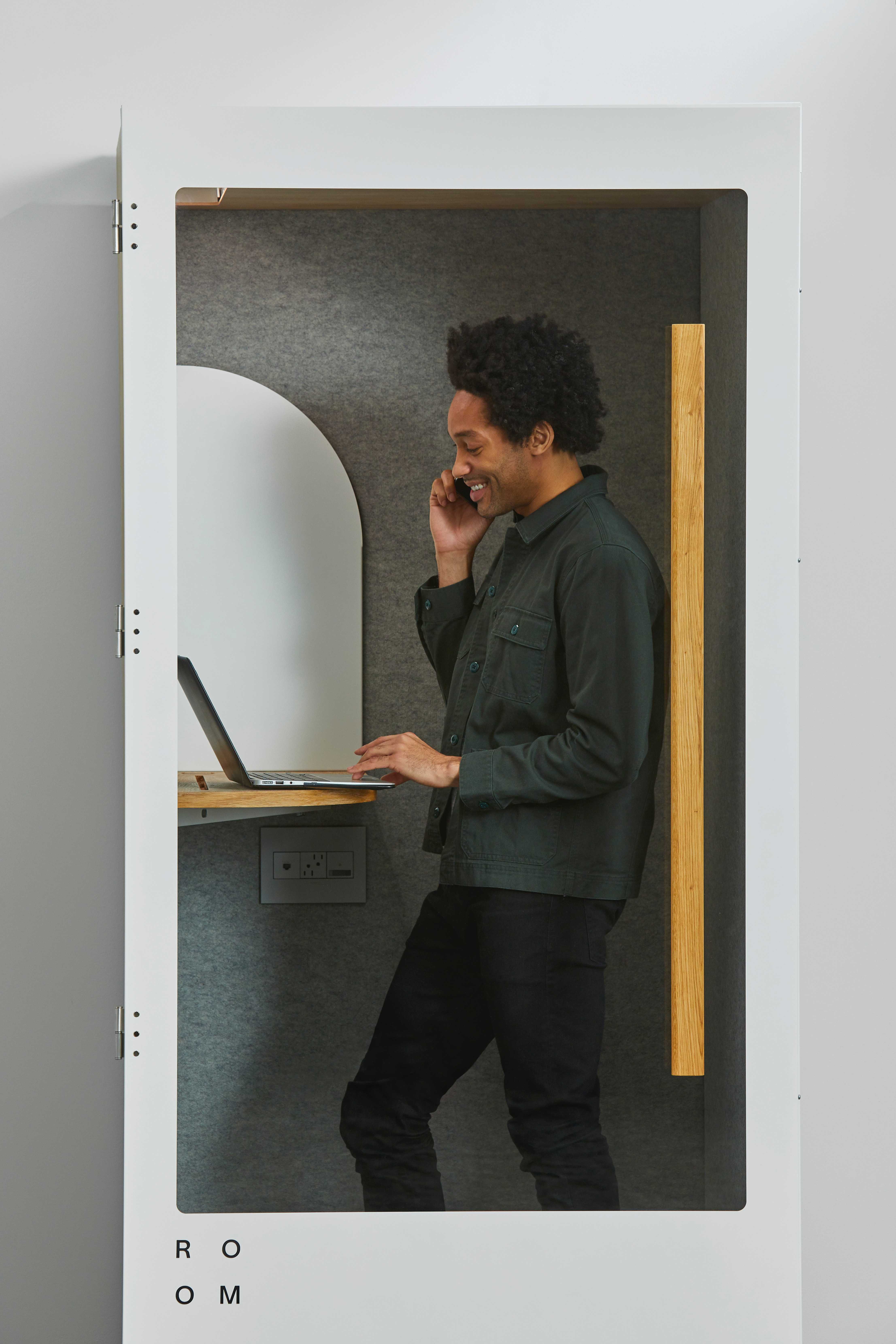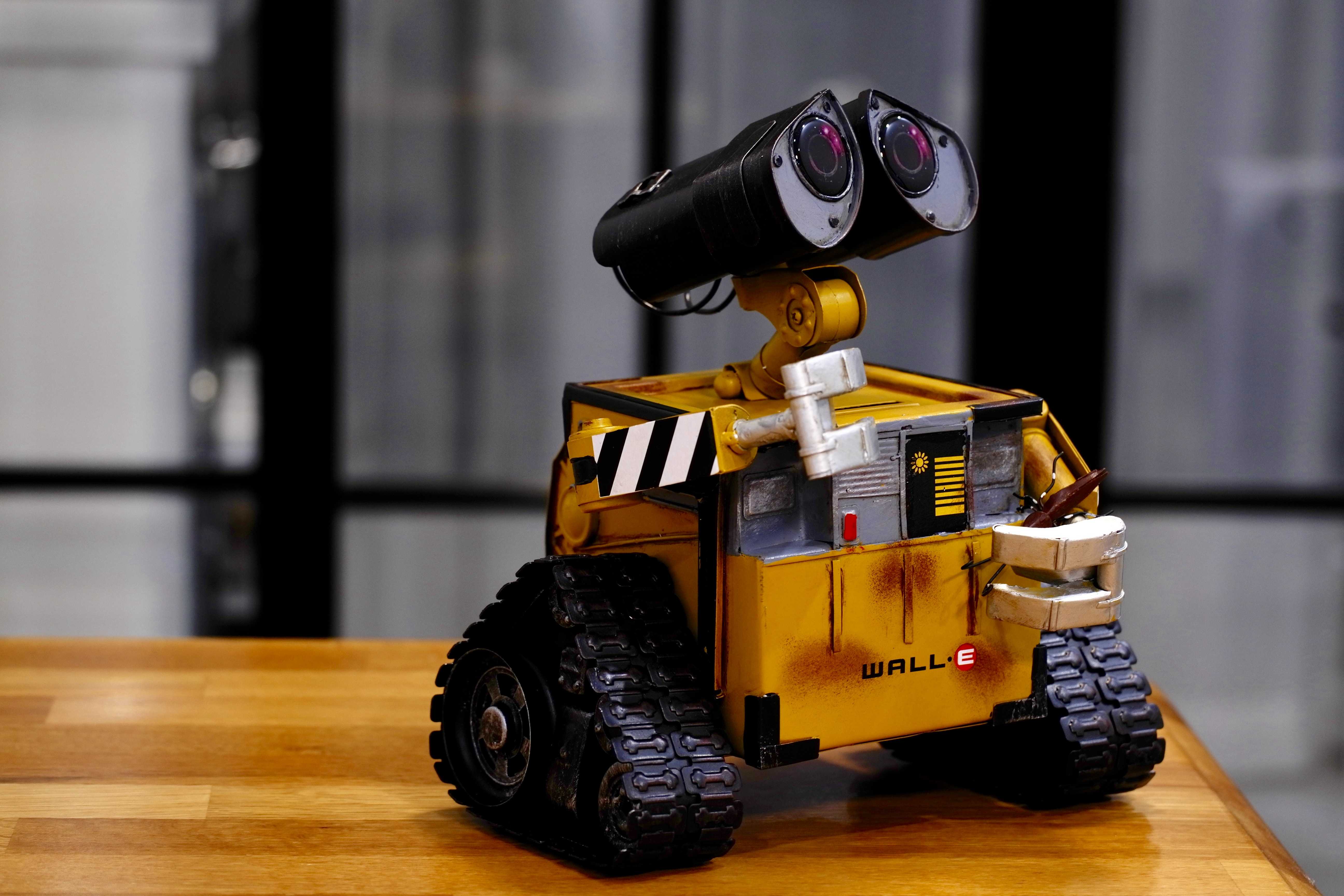It’s 2019, and frankly speaking, AI audio and AI in general is no longer just a “buzzword” people throw around to explain their wishful thinking. No, it’s more than that.
Cars now drive themselves! Few years ago, the thought of having self-driven cars would have been unrealistic or even ridiculous.
If you had told it to a group of friends over coffee, they’d probably have had a good laugh and then taken a good long look and probably a sniff at your cup of coffee to make sure it wasn’t mixed with alcohol. But thanks to artificial intelligence, look who’s laughing now!
And on the AI audio side of things gadgets like Alexa can now turn the lights on and off in our rooms, all we need to do is say “Alexa turn off the lights”.
Not only that, if you’ve had your AC on the whole time and the cold becomes unbearable in the middle of the night, you don’t have to get off your bed or feel around for your remote just say the words and Alexa will switch off your AC for you.


With the advancement in AI technology, things that people had once written off as impossible, impracticable, unfeasible and any other pessimistic word ending in “ble” are now being revisited and reconsidered.
Here are a few key areas with AI audio:
NOISE CANCELLATION
There was a time when all we knew to communicate with were written letters, we bade farewell to that era and then welcomed a new era, one which gave birth to the earliest known telephones with their long winding wires and funny looking mouthpieces and earphones and subpar sound quality.
But we never minded, we were simply grateful for the opportunity to be able to talk to loved ones who lived far away.
Over the years, we began to mind, and slowly but surely those wires started to give way, and so did the heavy mouthpieces and the funny looking headphones.

And what we have today is a work of art, it fits, in our palms, in our pockets, and even on our wrists.
And now we have it so easy that there are even AI-powered tools like Krisp that help us filter noise from both ends (your, and your caller’s) when you call, making it easy to call from ANYWHERE in the world.
HOW IMPORTANT IS NOISE CANCELLATION?
Allow me to tell you a story.
Say you’re a traveler from the UK and it’s your first time in Atlanta, your flight lands and you walk out to the terminal and book an Uber.
Your Uber arrives 15 minutes later but it’s a big airport and your terminal has 3 different floors (upper, middle and lower) all of which are on the same spot on the map, so your Uber has trouble locating you.
You call him several times just so you can give him directions but each time, the airport noise keeps preventing you two from having a decent conversation, and just when you thought you’d seen it all, your battery notifies you that there’s only 5% power left. You contemplate charging but remember you can’t use your UK charger in the US because the power outlets are different.
So noise keeps you hostage and you could have prevented this with and set yourself free with a free app like Krisp.

TEXT-TO-SPEECH AND VICE VERSA
Well, today there are AI-powered apps that read your news articles, blogs, ebooks or just about any other written texts out loud to you and not only do they read it loud and clear they read it so perfectly that you won’t be able to tell that it’s being read by a machine.
Text to speech also helps kids who have difficulty reading. How so?
TTS reads out a passage to your kid and highlights each word as it’s being read and this enables children to do 2 things at once:
-
- They see what is being read and
- They hear it at the same time, thus creating what experts call a multi-sensory reading experience.
Experts have found that multi-sensory reading, and in this case (seeing and hearing what is being read at the same time) helps kids to:
- Recognize words better
- Boost their attention spans and help them to better recall the information being read
- Understand the information being read rather than just reciting the sounds
- Identify and correct the errors in their own writing
- Build stronger stamina for reading
WE CAN NOW TALK TO MACHINES
A: What is the purpose of life?
B: To serve the greater good.
A: What is the purpose of living?
B: To live forever.
A: What is the purpose of existence?
B: To find out what happens when we get to the planet earth.
A: Where are you now?
B: I’m in the middle of nowhere.
A: What is the purpose of dying?
B: To have a life.
A: What is the purpose of being intelligent?
B: To find out what it (intelligence) is.
A: What is the purpose of emotions?
B: I don’t know.
Just in case you were wondering, that dialogue you just read isn’t between 2 humans. Rather it’s a conversation between man (A) and machine (B). In fact, it was taken from a 2015 paper published by researchers at Google.
They published it to show that one could teach a machine, in this case a chat bot, how to respond to conversations no matter how philosophical.

And if you’ve ever called any customer service number, whether it be that of your local bank because of an issue with your bank account, or your internet service provider because your WiFi is acting up, or even the postal service to report a lost package you most likely have spoken to a machine in the self-service option.
As for me, it has asked for my name, zip code, tracking number or account number and even asked me to explain what my problem was and routed me to the right customer service department to help solve my issue.
Self-service is just one of the many ways AI is allowing machines to interact with humans. These machines are trained to hear and understand human language and to give responses in human language.
What other uses of AI in audio industry do you know? Tell us in the comments!


